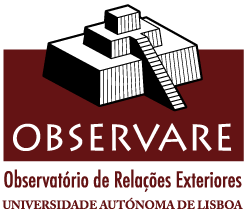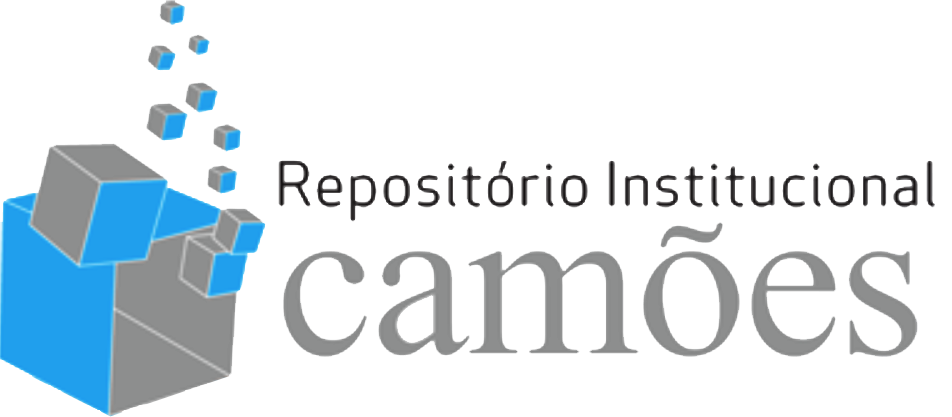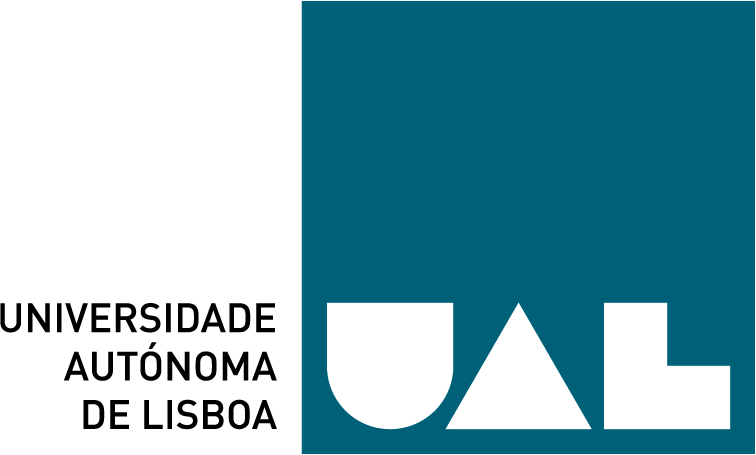Este artigo analisa a narrativa visual expressa na exposição “Contemporary North American
Painting during 1941”. Foi uma tentativa de o governo dos EUA construir uma imagem do país
como sociedade moderna e industrializada sobre os sul-americanos. Nas últimas décadas,
conceitos como diplomacia cultural, soft power, e imperialismo cultural tornara
m-se parte da análise académica. Foram utilizados para apresentar a relação entre os Estados
Unidos e a América Latina. A diplomacia cultural tem sido frequentemente utilizada para
analisar a política externa dos Estados Unidos durante a Guerra Fria, entendendo-a como um
conjunto de estratégias culturais que o governo americano introduziu para alinhar os países
latino-americanos contra o comunismo na URSS. Uma questão que difere entre a Segunda
Guerra Mundial e a Guerra Fria é que a diplomacia cultural foi considerada como uma batalha
cultural contra o comunismo e a URSS. Em contraste, a Política de Boa Vizinhança foi
conceptualizada como uma posição paternalista dos Estados Unidos, empenhada em evitar
intervir na política interna dos países latino-americanos. Autores como Gisella Cramer (2012)
pesquisaram a OCIAA e Roosevelt Politics e revisitaram aspectos do gabinete. Darlene Sadlier (2012), no seu livro “American All”, analisou os diferentes departamentos e a importância das
Visitas de Boa Vontade de 1939 a 1945. Além disso, autores como Ricardo Salvatore (2006;
2016), nos seus estudos sobre “Império Informal”, ajudaram a compreender a relação com a
máquina representativa do governo dos EUA. Da perspectiva da arte, a pesquisa de Olga
Herrera (2017) sobre a exposição latino-americana tem um enorme significado para a análise,
não se aprofundam na construção da narrativa visual sobre a América Latina como parte do
complexo de exposições do Bom Vizinho. O artigo foi baseado na leitura, análise e catalogação
de fontes primárias e as obras de arte expostas foram operacionalizadas.
BUILDING ART DIPLOMACY: THE CONTEMPORARY AMERICAN ART EXHIBITION IN LATIN AMERICA DURING 1941
Sociologist and Master in Social Research (UBA) and PhD in History (UTDT). She teaches in the
Department of Historical and Social Studies at the Universidad Torcuato Di Tella (Argentina) and
at the Centro Cultural Ricardo Rojas (UBA). She has published several books and articles,
including "Nelson Rockefeller y la diplomacia del arte en América Latina" in Eudeba 2021.
Resumo
Palavras-chave
Como citar este artigo
Matallana, Andrea (2022). Building Art diplomacy: the Contemporary American Art Exhibition
in Latin America during 1941. Janus.net, e-journal of international relations, Vol13 N2,
November 2022-April 2023. Consulted [online] in date of last visit,
https://doi.org/10.26619/1647-7251.13.2.6
Artigo recebido em 29 Junho, 2022 e aceite para publicação em 6 Outubro, 2022















